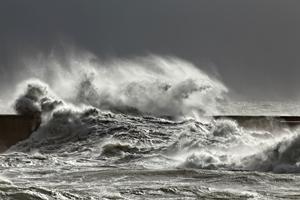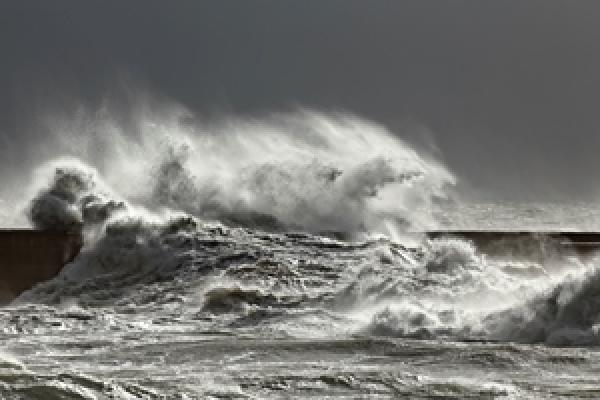
Steamship Mutual
Published: January 01, 2015

The High Court decision in the The Ocean Victory was discussed in 'A Reasonably Safe port?'
The vessel was discharging her cargo of iron ore at Kashima in Japan but had to stop due to strong winds and heavy rain. The berth was affected by considerable swell caused by winds of up to Beaufort Force 9 and while leaving the port for open water the vessel was driven onto the breakwater wall and became a total loss. A claim in excess of US$135 million was brought against the time charterers for breach of the safe port warranty.
Teare J decided that there had been a breach of the safe port warranty because the port of Kashima did not have a safe system to make sure that vessels forced to leave the port in deteriorating weather conditions (which the judge concluded were not “abnormal”) could do so safely, and that safe navigation out of the port required more than good navigation and seamanship. The definition of safety was set out in the Eastern City (1958) 2 LLR 127 by Sellers LJ in negative terms as:
“ ... a port will not be safe unless, in the relevant period of time, the particular ship can reach it, use it and return from it without, in the absence of some abnormal occurrence, being exposed to danger which cannot be avoided by good navigation and seamanship.”
On 22nd January, 2015, the High Court’s decision in The Ocean Victory was overturned by the Court of Appeal.
Charterers had appealed the decision on three grounds. With respect to the ports safety these were:
1 Whether there had been a breach of the safe port warranty; and
2 If unsafe whether there was a break in the chain of causation flowing from the navigation of the vessel.
Following a thorough analysis of the facts and relevant case law, Charterers’ appeal was allowed. It was held that the Court at first instance had erred in relying simply on the foreseeability of an event, rather than taking into account the port’s history, the frequency of such events and the combination of factors resulting in the severe nature of the storm in question to establish whether it was an abnormal occurrence. Teare J had looked at the swell and the gale separately, concluding that neither was rare and both were characteristics of the port which meant that the event was not an abnormal occurrence. However, the Court of Appeal held that was the wrong approach. What mattered was the combination of events giving rise to the vessel effectively being trapped, not if an event was theoretically foreseeable because of a ports location. As such there was no basis for the conclusion that it was no surprise the combination of swell and northerly gales occurred, nor that it was a clear risk.
The Court of Appeal concluded that the correct analysis of an abnormal occurrence should take into account the evidence relating to the past frequency of such an event occurring and the likelihood of it occurring again. Undisputed evidence was given that the storm on the day in question was exceptional in terms of its rapid development, duration and severity. It must therefore have been an abnormal occurrence and consequently there was no breach by Charterers of the safe port warranty.
Accordingly, because there had not been a breach of the safe port warranty it was not necessary to decide there was a break in the chain of causation as a result of the Master’s navigational decision to leave port in extreme weather.
Whether this matter is now at an end remains to be seen. The third issue on appeal was, assuming a breach of the safe port warranty and no break in the chain of causation, whether the demise Charterers had any liability to the owners in respect of insured losses. If not then the demise charterers had not suffered a loss that could be claimed from the vessel’s time Charterers. The problem was the bareboat charter required the demise Charterer to effect and pay for marine and war risks insurance in respect of the vessel in their joint names to protect both the owner’s and demise charterer’s interests. The Court of Appeal construed the relevant clause of the charter as excluding a right of recovery by the owners from the demise charterers which meant the hull insurers pursuing the claim against the time Charterers did not have any rights of subrogation against the time Charterer. That is in the event of loss or damage to the vessel by insured risk the bareboat charter provided for an insurance-funded result such that liability between the owner and demise Charterer was discharged.
This decision was appealed to the Supreme Court on three grounds – was there an abnormal occurrence, the loss of the vessel and joint insurance, and on a question that had been reserved below the Court of Appeal, the right of a Charterer to limit its liability (see the Club's earlier article Charterer's Right To Limit As Against An Owner), and the Supreme Court’s decision is discussed here.
Article by Emily McCulloch


